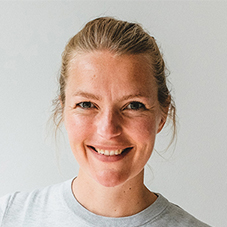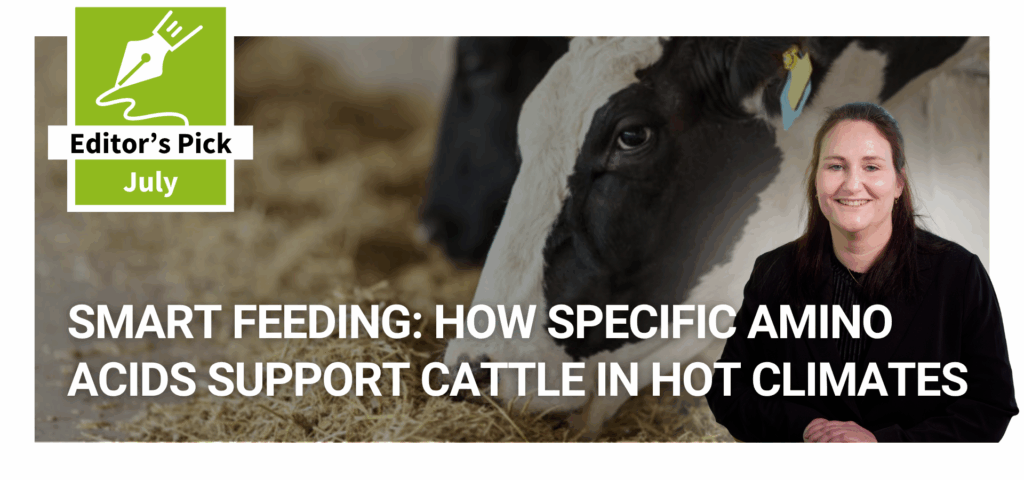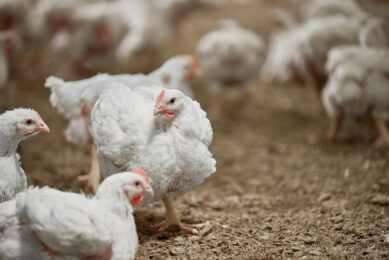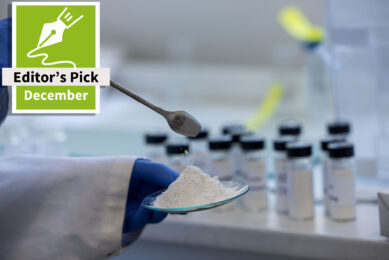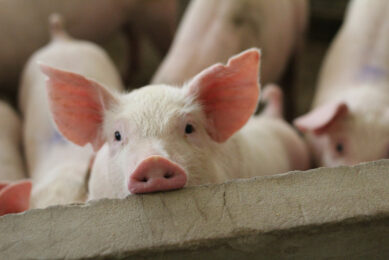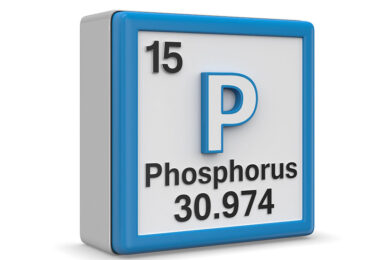Dietary phosphorus: How low can we go?
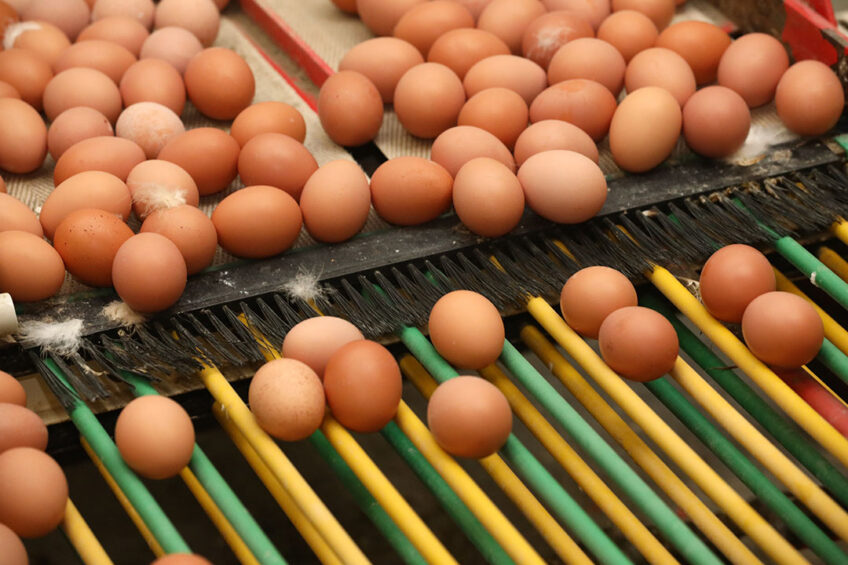
Precision feeding improves the economics of production and reduces potential negative environmental impacts. Canadian researchers studied how precise we can be when adding dietary phosphorus to poultry diets.
Phosphorus (P) − one of the most expensive nutrients of poultry feeds − is an essential element for body functions, bone and egg shell formation. However, excessive faecal excretion of phosphorus has increasingly become an environmental issue due to oversupply of P in layer rations. Supplementing with microbial phytase helps to minimise excessive excretion by unlocking the plant-bound phosphorus in the feed ingredients. When poultry can use more P from the feed itself, less P needs to be supplemented in the diet (in theory). This will decrease the risk of oversupply and associated feed costs and will put less pressure on the environment.
Reducing dietary non-phytate P
A group of researchers affiliated with the University of Manitoba in Canada hypothesised that phytase supplementation along with properly reducing dietary inorganic P levels would reduce P excretion and achieve comparable performance compared to birds fed high-P diets devoid of phytase. So a study was conducted to determine the effects of microbial phytase supplementation to diets containing levels of dietary non-phytate P (NPP) lower than the NRC requirement (2.5 g/kg) on production performance, plasma biochemistry, egg and bone quality and excretion of P in laying hens. A 12-week feeding trial (22 to 34 weeks of age) was set up with 48 Lohmann white laying hens. The birds were randomly allocated to 1 of 6 maize-soybean meal-oat-based diets: diets containing 2.0, 2.5 or 3.0 g/kg NPP without phytase, and diets containing 1.0, 1.5 or 2.0 g/kg NPP with phytase (1,000 U/kg diet) where phytase inclusion was expected to provide 1.0 g/kg NPP to laying hens, thus making the phytase-unsupplemented treatment serve as a control for the phytase-supplemented treatment.
Results with and without phytase
Egg weight and egg production, feed consumption, bodyweight and the feed conversion ratio of laying hens fed lower NPP diets supplemented with phytase were comparable to those of hens fed high NPP phytase-unsupplemented controls. Eggshell thickness, specific gravity, Haugh units, tibia bone mineral density, tibia ash percent, plasma P and other biochemical parameters were not significantly different among the dietary treatments. Total P intake, excretion and retention were affected by diet (P < 0.001), but its deposition in eggs was not significantly different. Contrast analysis further showed that total P excretion of phytase present vs phytase absent was on average reduced by 40.4 mg/hen per day (P < 0.01). Moreover, total P excretion was linearly (P < 0.01) reduced by reducing dietary NPP, and this relationship was similar regardless of whether phytase was supplemented or not.
Conclusion
The results from this study indicated that NPP levels in laying hen diets could be reduced to 1.0 g/kg (excluding the portion of NPP released by phytase) with the inclusion of phytase, without negative effects on the production performance and health of the hens, thus reducing P excretion into environment.
This article is a summary of an original paper: Effects of phytase supplementation on production performance, egg and bone quality, plasma biochemistry and mineral excretion of layers fed varying levels of phosphorus, by M. Jing et al, University of Manitoba, Canada, published in Animal, Volume 15, Issue 1, January 2021.


